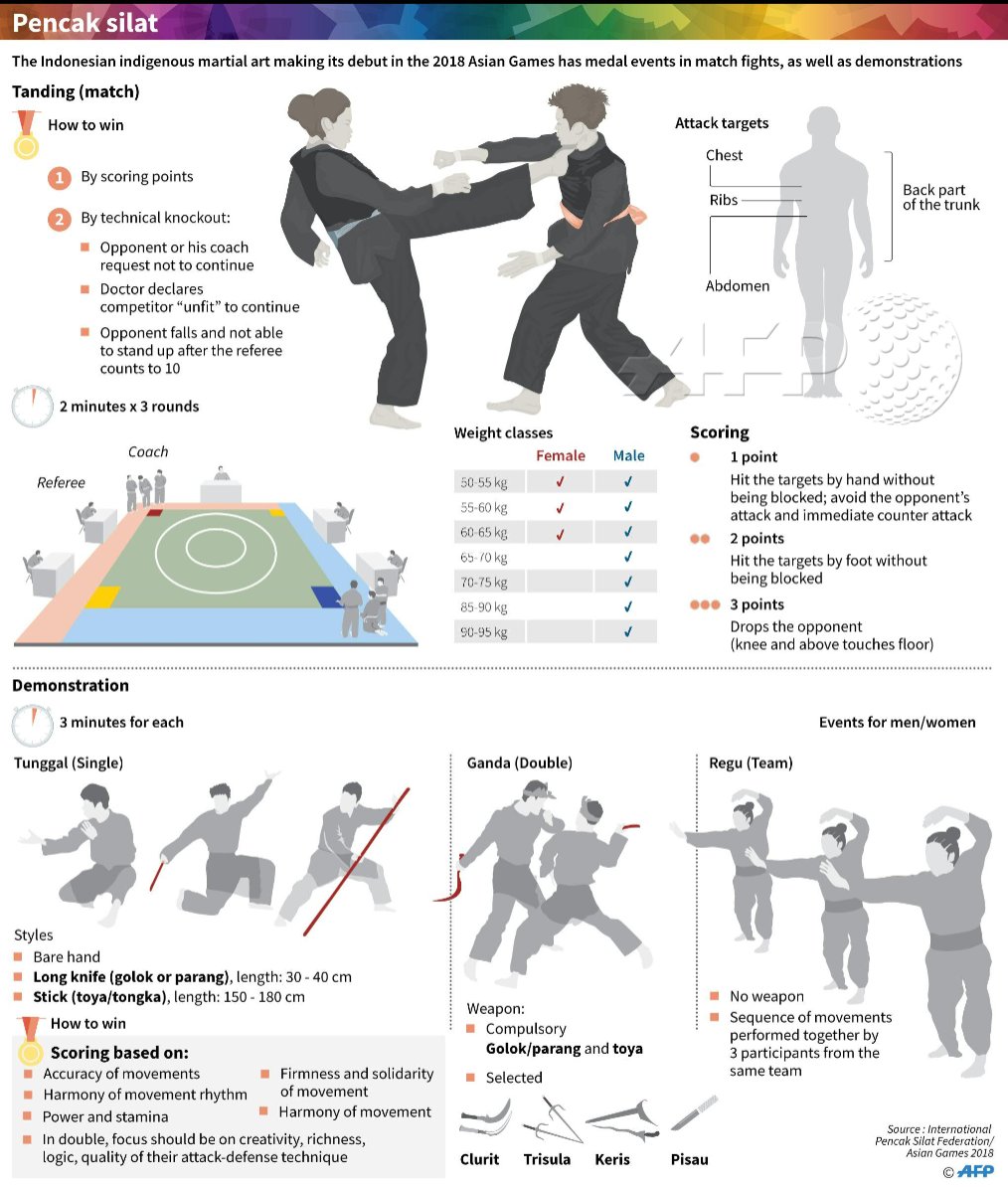The Trip And Transformation Of Martial Arts: Exploring Its Historic Foundations And Modern Techniques
The Trip And Transformation Of Martial Arts: Exploring Its Historic Foundations And Modern Techniques
Blog Article
Write-Up Produced By-Dinesen Valentine
Enter the world of martial arts, where ancient origins and contemporary strategies collide in an exciting journey of self-control and self-discovery.
As you look into the background and development of this fascinating art form, prepare to be astounded by the social influences, technical advancements, and extensive approach that have actually shaped it over centuries.
From the battlegrounds of old human beings to the training premises these days, martial arts have stood the test of time, continuously adapting and growing.
Each strike, each motion, lugs with it the weight of plenty of years of custom and wisdom, passed down with generations. This is a story of resilience, of warriors that sought not only physical expertise, however also inner strength and consistency.
Join us on this remarkable exploration as we reveal the keys, the legends, and the transformational power of martial arts.
Prepare yourself to be influenced, tested, and for life transformed by the background and development of martial arts.
Social Influences on Martial Arts
As you discover the history and evolution of martial arts, you'll rapidly discover the fascinating methods which cultural influences have actually formed these combat strategies.
From the ancient worlds of China and India to the much more current advancements in Japan and Brazil, martial arts have been greatly affected by the cultures in which they came from.
As an example, Chinese martial arts, such as Martial Art and Tai Chi, are deeply rooted in the viewpoint of Taoism and the idea of Yin and Yang.
On the other hand, Japanese martial arts, like Karate and Judo, show the samurai warrior practices and the values of technique and honor.
Similarly, learn karate for adults , Capoeira, incorporates aspects of African dance and music, reflecting the social heritage of African slaves in Brazil.
These social influences not only offer each fighting style its one-of-a-kind qualities but additionally offer a much deeper understanding of the historical and social contexts in which they evolved.
Technological Advancements and Martial Arts
With the surge of sophisticated weaponry and innovative training devices, you've been able to enhance your abilities and adjust to the ever-changing combat landscape.
Technological improvements have changed the means martial arts are exercised and instructed. Virtual reality simulations now permit you to learn reasonable fight situations without the danger of physical harm. High-speed electronic cameras capture every relocation, allowing you to analyze and excellent your strategies. Wearable tools monitor your heart rate, breathing, and muscle mass activation, offering instantaneous feedback on your performance.
Furthermore, the growth of specialized tools, such as resistance bands and agility ladders, has actually enabled you to improve your rate, toughness, and dexterity. These technical developments have not only made training more effective yet have additionally pushed the boundaries of what is possible in martial arts, enabling you to get to new elevations in your practice.
The Viewpoint and Principles of Martial Arts
The viewpoint and principles of martial arts are deeply rooted fit your mindset and instilling self-control, emphasis, and respect in your method.
1. Way of thinking: Martial Arts educates you to develop a solid and resilient mindset. It allows you to get over obstacles both on and off the floor covering, pushing your limitations and being determined when faced with difficulty.
2. Technique: Martial Arts needs technique and self-control. Via normal training and adherence to strict rules and techniques, you discover to control your impulses and develop a strong job ethic.
3. Focus: Martial Arts requires intense focus and focus. By training your mind to be present in the moment, you enhance your capacity to react swiftly and effectively throughout combat circumstances.
4. Respect: Martial Arts stresses respect for oneself, instructors, educating companions, and challengers. It teaches you to value the abilities and experiences of others, promoting a sense of camaraderie and sportsmanship.
Conclusion
Congratulations on finishing your trip through the exciting world of martial arts! Throughout this exploration, you have actually experienced the abundant background and impressive evolution of these battle practices.
From https://www.cpioneer.com/news/article_a4996c54-0e31-5096-bd87-2f2b019950e5.html to the contemporary techniques we see today, martial arts have actually been shaped by social impacts.
The integration of technology has actually also played a significant role in revolutionizing the means martial arts are taught and practiced in the here and now day.
Nonetheless, it is necessary to bear in mind that martial arts are more than just physical fight. https://codyunslc.dailyblogzz.com/30424911/look-into-the-benefits-of-fighting-styles-in-shaping-your-child-s-life-by-improving-their-confidence-and-personality-from-a-young-age-trigger-their-complete-potential-today encompass extensive viewpoints and assisting principles that go beyond the plain act of fighting.
Take a minute to review this anachronistic journey and value just how the tradition of martial arts continues to flourish in the present, going beyond time and boundaries.
